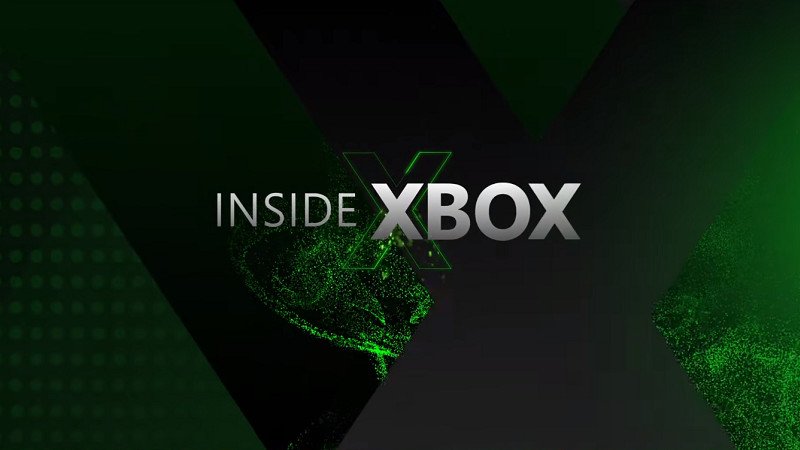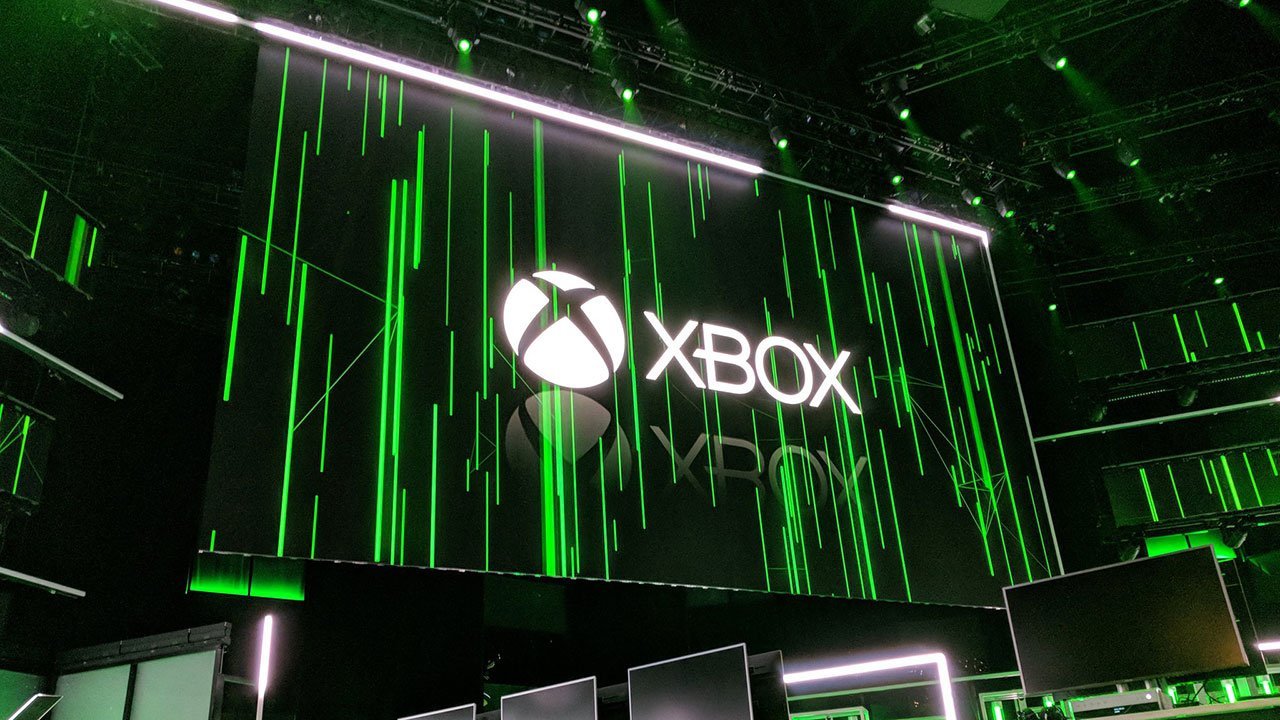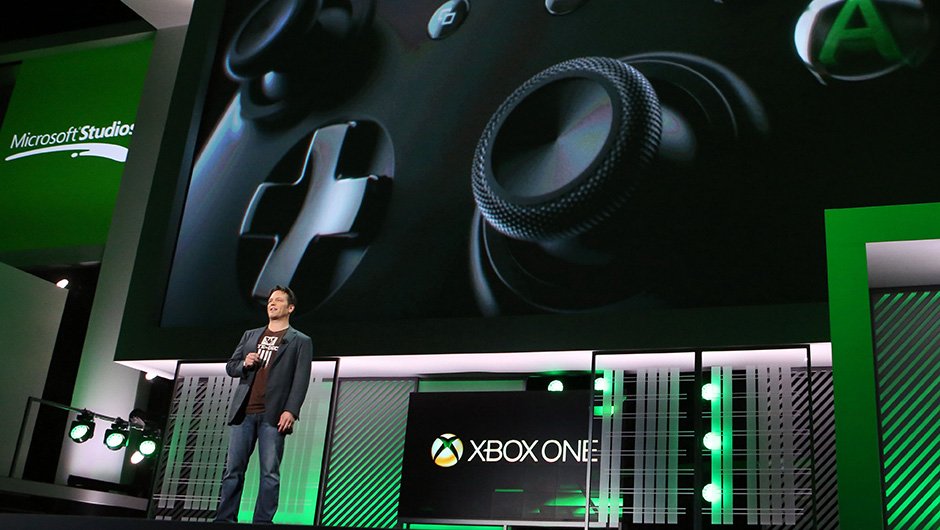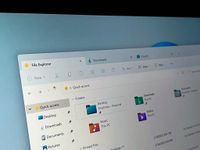 Source: Windows Central
Source: Windows Central
Recently, one of my colleagues Miles Dompier wrote an article calling on Microsoft to adopt a Nintendo Direct-style format for its Xbox game news. And increasingly, I think that is certainly the way to go. However, I also recently ran polling on my Xbox Two podcast, which showed a fairly even split of 50/50 between those who would like to see a Nintendo Direct style-show, and those who prefer the once-a-year E3-style showcase that typically takes place in June.
As we move through the pandemic into a post-pandemic world, it’s hard to imagine that E3 will return with the same power.
Nintendo Directs (and PlayStation State of Plays for that matter) occur every few months, showcasing a few games that are coming in the near or distant future. Right now, Microsoft tends to focus on large marketing blitzes during the old-school E3 summer period, while sprinkling info across smaller events like The Game Awards here and there.
Nintendo recently had another Direct showcase, revealing a new Pokémon game generation, after another showcase, which revealed a new Kirby among other things. The hype and intrigue about the mere mention of a Nintendo Direct almost always immediately builds hype for Nintendo, leading to memery and viral marketing in a way that Microsoft simply isn’t seeing for Xbox. This past week, PlayStation also announced its own State of Play showcase, after eschewing the E3-style presentation for some years now.
As we move through the pandemic into a post-pandemic world, it’s hard to imagine that E3 will return with the same power it once had. There were already questions about its relevance in a direct-to-consumer world, where Amazon can blow up its games to 20 million players leveraging its Twitch platform, and viral games like Among Us appear out of nowhere without a shred of big-budget marketing.
Direct-to-consumer narratives are more potent and more popular than ever, which really begs the question: Is it time for change within Xbox’s marketing ideology?
Inside Xbox wasn’t the right format

I put this question on Twitter recently, with many of the replies reading, “Well we had Inside Xbox, but everybody complained.” I’d argue that Inside Xbox very much wasn’t in the vein of Nintendo Direct, and was more akin to the old-fashioned presentations Microsoft is far more accustomed to doing. Long, scripted interviews on-camera with little raw gameplay footage is the antithesis of Nintendo’s Direct presentations, which are aggressively to the point, and rely almost entirely on in-engine assets and gameplay footage.
Nintendo Directs are videos designed for the YouTube era, where algorithmic scrolling and eye-catching fast-firing eye-candy is far more important than lumbering TV-style addresses. Indeed, Inside Xbox almost followed the TV-style complete with ad breaks, to push Xbox Game Pass in between the juicy bits of news people actually wanted to hear.
There are, of course, massive hurdles to creating a showcase that meets Nintendo Direct’s format. Asking developers to build flashy and playable gameplay slices for marketing purposes is by no means a simple and easy process. And while it seems almost interwoven into the development cycle for Nintendo games, it certainly doesn’t seem to be the case for Microsoft’s games. If you’ll remember the outcry that revolved around Halo Infinite’s lackluster 2020 showing, with unfinished textures and half-implemented lighting, you’ll know exactly what I mean.
Nintendo Direct showcases regularly get millions of views on YouTube.
That’s why to some degree a Nintendo Direct-style presentation is better in this context. They don’t have to be scheduled or meet a specific timeslot in the year to go live. They can go live as and when they’re ready, and as and when you have enough content. Halo Infinite’s 2020 gameplay slice felt aggressively rushed to meet some kind of arbitrary E3-period deadline, which is, again, the antithesis of what you want to do in a Direct-style showcase. Microsoft itself already knows how to do these kinds of shows. The ID@Xbox 2020 Showcase is a blueprint of how to present games properly.
As Microsoft consolidates the absolute enormity of its operation, with games from Bethesda and possibly Activision-Blizzard soon falling under its remit, it’s going to be more crucial than ever to explain to the average public that these are Xbox games, in much the same way people associate Mario directly with Nintendo.
Associating updates with the Xbox brand

If Microsoft is successful in acquiring Activision Blizzard and its mega-franchises, combined with Bethesda and its own studios, the sheer volume of content it’ll need to showcase becomes almost unwieldy. Putting all of that into one showcase feels unlikely, but at the same time, keeping things completely separated across BlizzCon, QuakeCon, Bethesda’s own show, Minecraft Live, potentially does the Xbox platform a disservice. I’m by no means suggesting those shows should end, especially given that they’re in-person events for dedicated fans of those associated franchises. But when it comes to these shows, and associated gameplay reveals, I feel like it would be smart for Xbox to wave its flag a little.
Xbox has games, but you might not know it, because Microsoft doesn’t do enough to associate its games with the Xbox brand.
Microsoft has shown reluctance to be too aggressive with consolidating acquired studios under the Xbox brand. Indeed, Bethesda is going to remain separate operationally at least in the short term, much like Mojang and Minecraft has. At least from a platform marketing perspective, I personally think that’s a mistake.
Microsoft seems almost shy about associating some of its franchises directly with the Xbox brand for some reason, beyond a simple “Xbox Game Studios” logo that appears in some of their titles. Brand association is one of Nintendo’s and PlayStation’s biggest strengths, and by avoiding the common association between titles like Minecraft, Elder Scrolls, and Halo, Microsoft is perpetuating the common narrative that “Xbox has no games.”
The perception that Microsoft can’t compete with Sony on raw quality is an epic failure of marketing and branding, given that Metacritic revealed that Microsoft was indeed the highest-rated gaming publisher of 2021. Xbox has games, but you often wouldn’t know it, because Microsoft doesn’t do enough to associate its games with the Xbox brand.
Microsoft recently promoted Phil Spencer to “CEO of Microsoft Gaming,” which further obscures the branding mission at the company. I mean perhaps it’s just fine and dandy that Microsoft is an entity comprised of various gaming subsidiaries. Tencent is far bigger than Microsoft in terms of gaming revenue and does little to associate its games with its overarching branding. I’d argue that it is a problem for Xbox, though, given that it is a platform holder. It’s “Xbox Series X|S,” and “Xbox Game Pass Cloud.” Your games are your strongest marketing tool for Game Pass and console, so I’d argue it’s time to showcase them together, under a single unified showcase brand.
What do you think?

Branding is by no means a simple exercise, and I’m not exactly someone with a Ph.D. in marketing psychology. That said, as an onlooker, I feel it’s pretty obvious to see the ways Nintendo succeeds in creating brand loyalty through its marketing and its Nintendo Direct showcases.
Search algorithms demand conviction and consistency, and as Microsoft’s gaming operation is increasingly fragmented by its acquisition spree, consolidating it under a definitive brand that appeals to the hyper-connected and insatiable gamer crowd seems like the correct path to take. They could even just use the Inside Xbox brand, with a refocus on simply showcasing the best upcoming Xbox games, instead of overthought production, and heavily scripted on-camera interviews.
What do you think, though? Hit our comments, vote in our poll, and let us know!

Microsoft looks to be bringing tabs to File Explorer on Windows 11
It’s finally happening! Microsoft appears to be adding a tabbed interface to the top of File Explorer, as Insiders testing the latest preview build have discovered the feature in a hidden state. Once enabled, tabs will appear along the top of the File Explorer app window, allowing users to have multiple folders open in one window.



